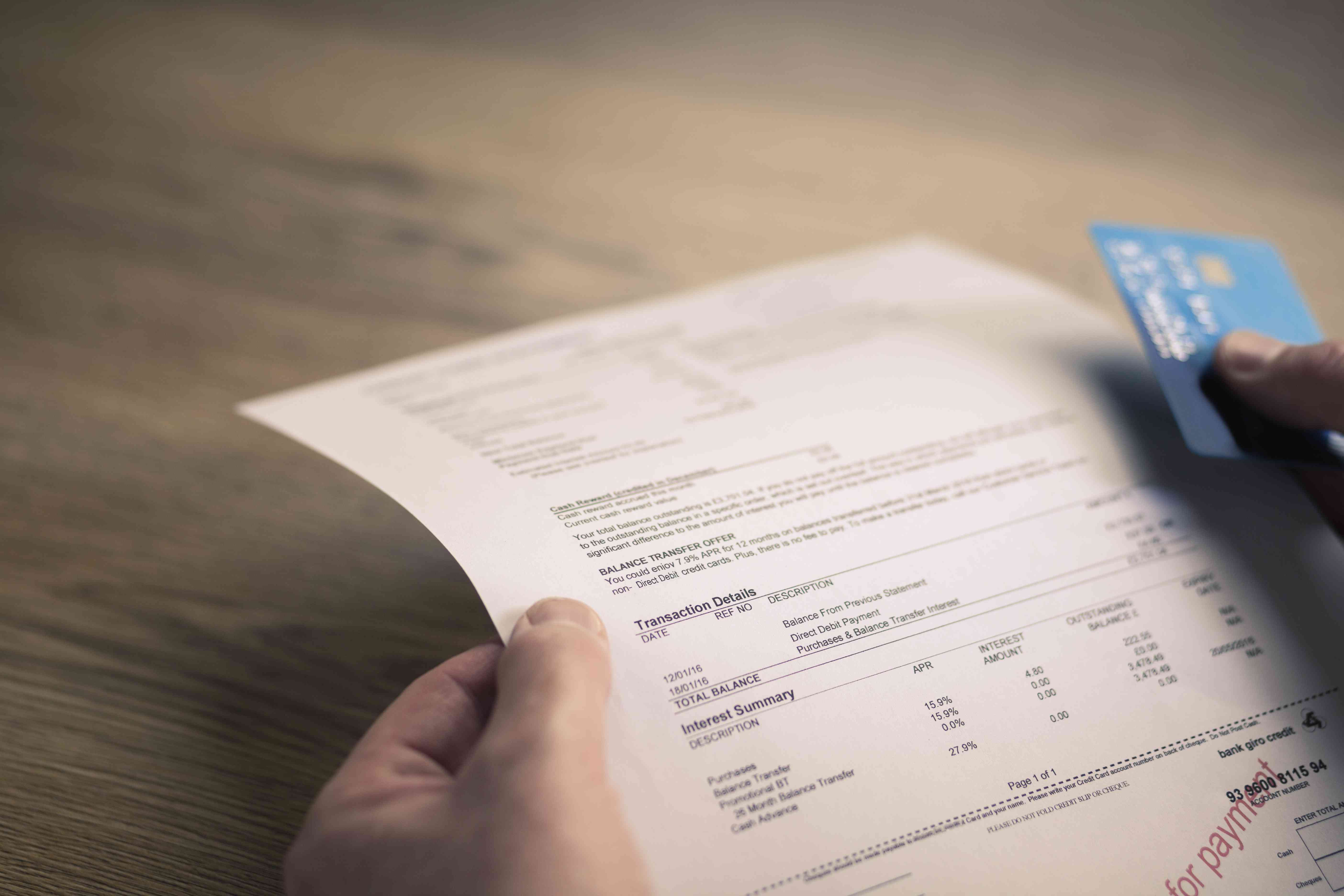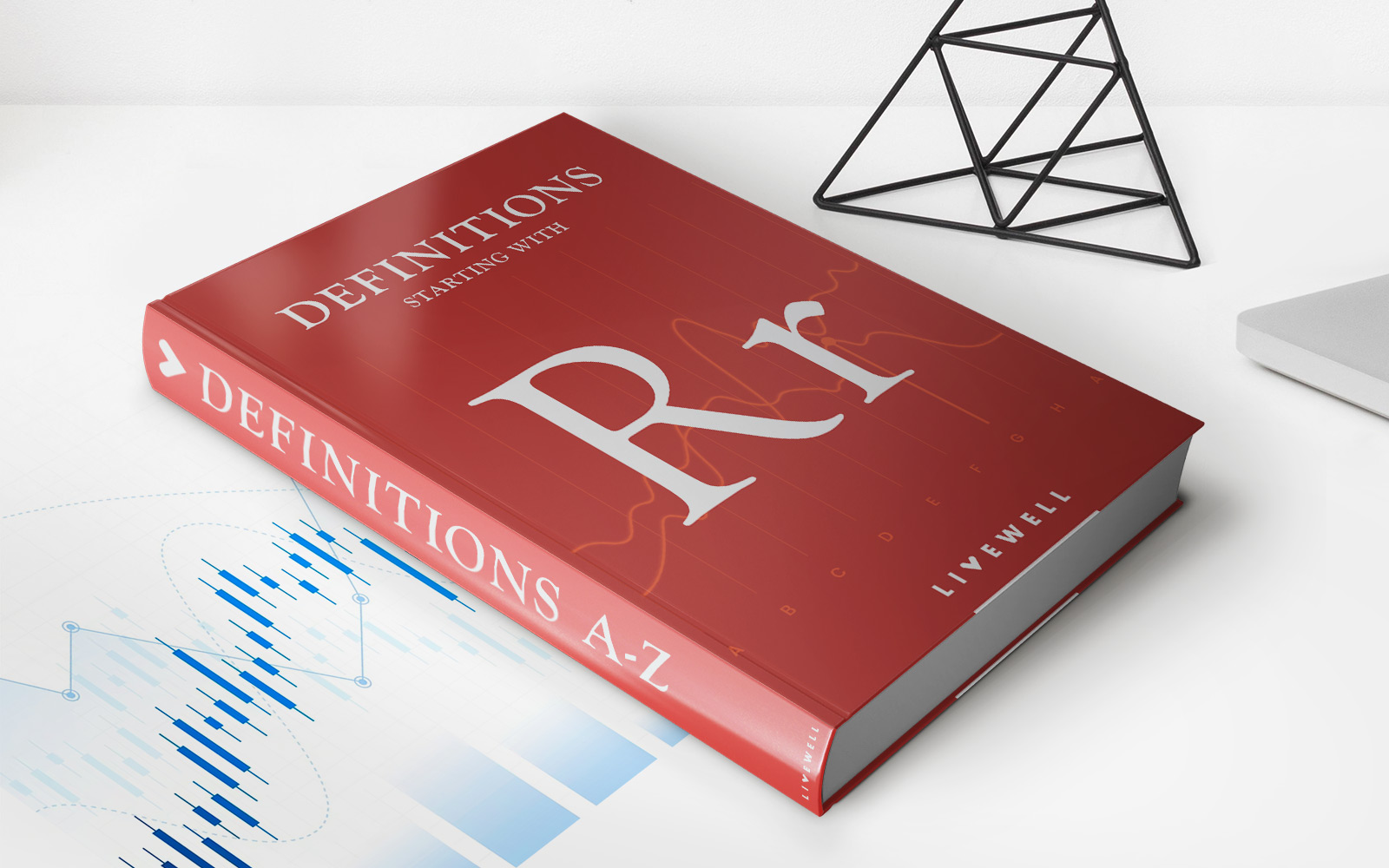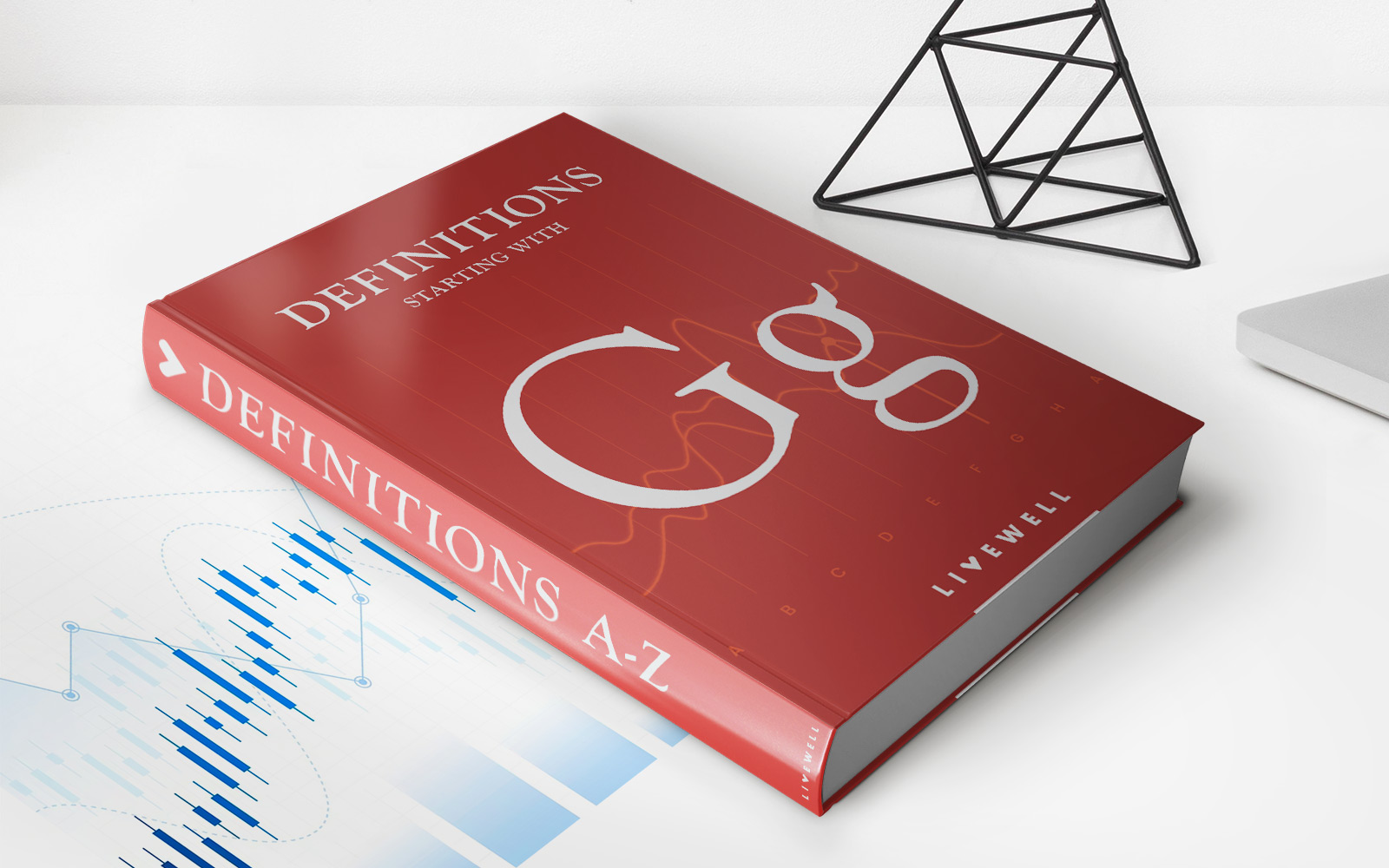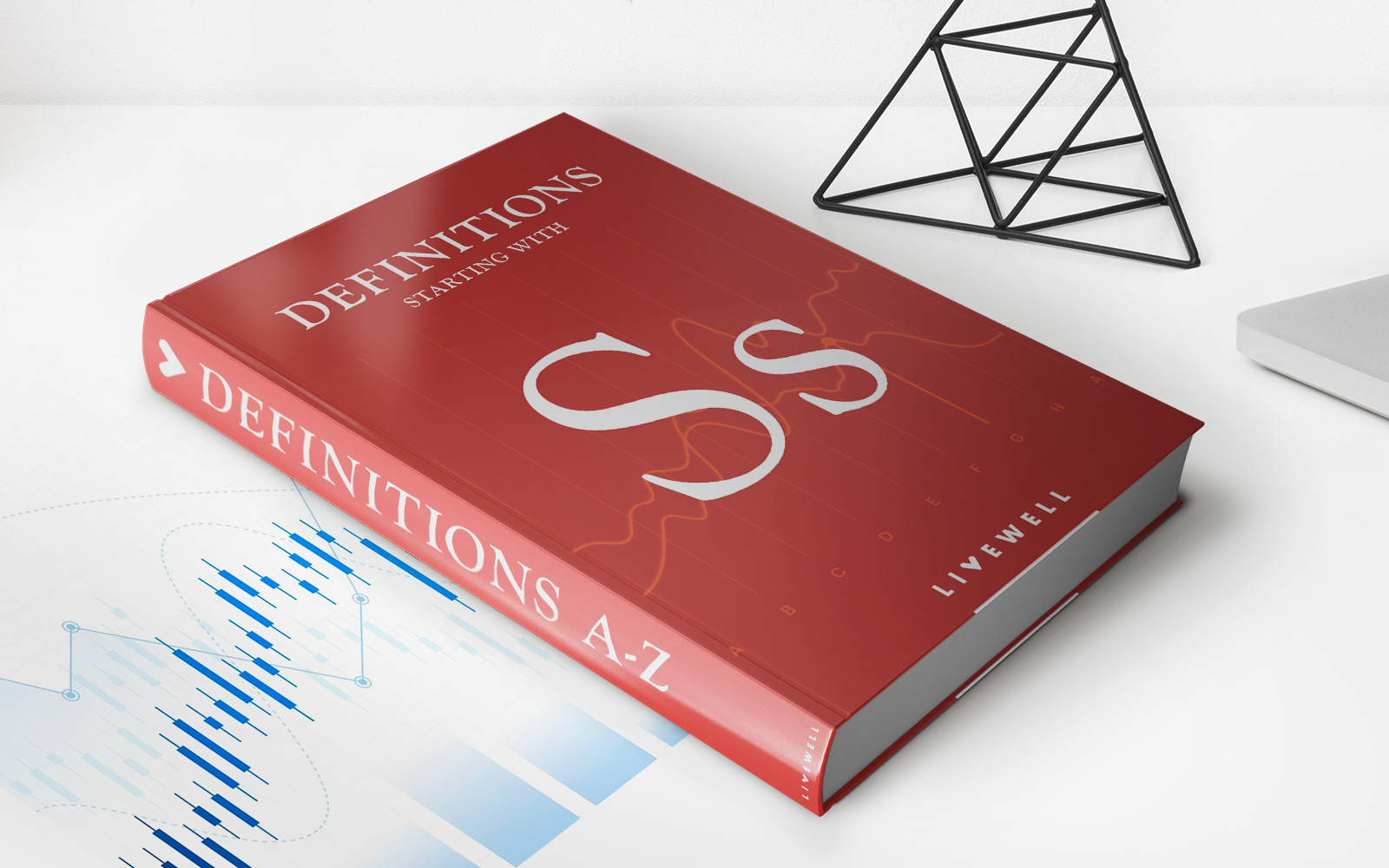Home>Finance>How To Find The Minimum Payment On Student Loans For Great Borrower Lakes
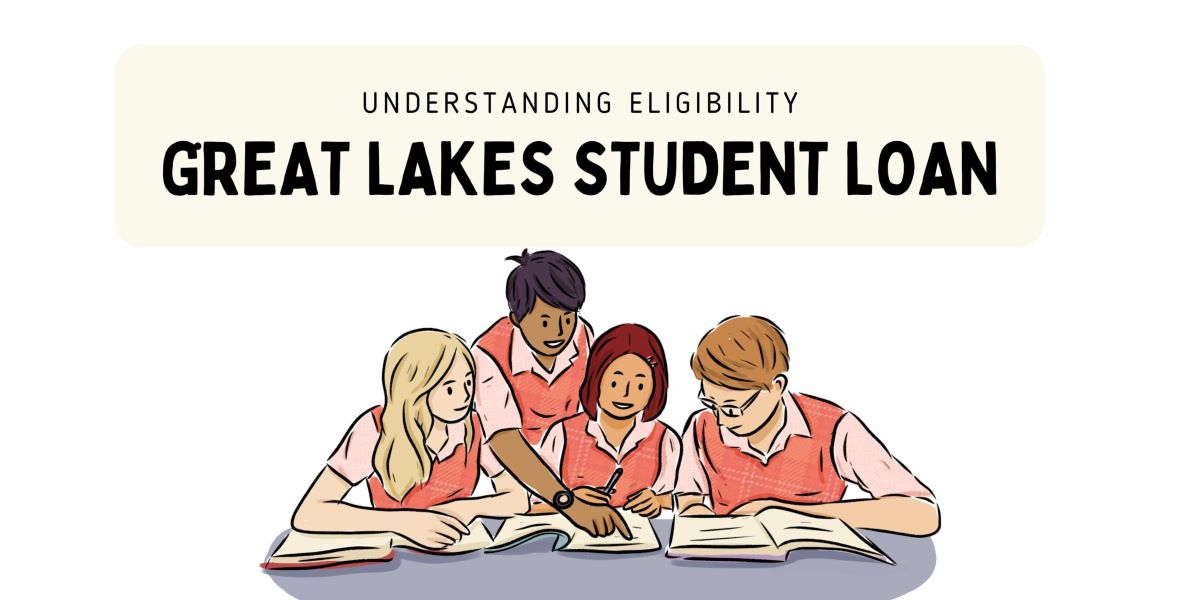

Finance
How To Find The Minimum Payment On Student Loans For Great Borrower Lakes
Published: February 27, 2024
Learn how to calculate the minimum payment on student loans and manage your finances effectively with Great Borrower Lakes. Explore finance options today!
(Many of the links in this article redirect to a specific reviewed product. Your purchase of these products through affiliate links helps to generate commission for LiveWell, at no extra cost. Learn more)
Table of Contents
Introduction
Student loans are a common means of funding higher education, providing individuals with the opportunity to pursue their academic aspirations. However, upon graduation, the reality of repaying these loans sets in. Understanding the minimum payment on student loans is crucial for borrowers, as it directly impacts their financial planning and budgeting. In this comprehensive guide, we will delve into the intricacies of determining the minimum payment on student loans, shedding light on the factors influencing this crucial financial obligation and offering practical strategies for finding the minimum payment that aligns with your financial circumstances.
Navigating the realm of student loan repayment can be daunting, especially for recent graduates who are just beginning their professional journeys. The minimum payment represents the baseline amount that borrowers are required to pay each month, and gaining clarity on this figure is essential for maintaining good financial standing. By unraveling the complexities surrounding minimum payments, borrowers can make informed decisions that support their overall financial well-being.
Throughout this guide, we will explore the various factors that influence minimum payments, such as interest rates, loan terms, and repayment plans. Additionally, we will provide actionable strategies for determining the minimum payment on student loans, empowering borrowers to take control of their financial obligations and make informed decisions that align with their long-term financial goals.
Understanding the minimum payment on student loans is not only a matter of financial responsibility but also a means of fostering financial empowerment. By equipping borrowers with the knowledge and tools to navigate the intricacies of minimum payments, we aim to alleviate the stress and uncertainty associated with student loan repayment. Whether you are a recent graduate embarking on your professional journey or an individual seeking clarity on your student loan obligations, this guide is designed to provide valuable insights and practical guidance for determining the minimum payment on student loans.
Understanding Minimum Payments on Student Loans
Minimum payments on student loans represent the lowest amount that borrowers must pay each month to satisfy their loan obligations. These payments are determined based on various factors, including the outstanding loan balance, interest rates, and the chosen repayment plan. It is essential for borrowers to grasp the dynamics of minimum payments to effectively manage their financial responsibilities.
When borrowers receive their student loan repayment schedules, they will encounter the specified minimum payment amount. This figure is calculated to ensure that borrowers make consistent progress in repaying their loans while meeting the terms and conditions outlined in the loan agreement. Understanding the components that contribute to the determination of the minimum payment is crucial for borrowers seeking to maintain good standing and manage their finances effectively.
Interest rates play a pivotal role in shaping minimum payments on student loans. Loans with higher interest rates typically entail larger minimum payments, as a significant portion of the payment is allocated towards interest accrual. Conversely, loans with lower interest rates may feature more manageable minimum payments, allowing borrowers to allocate a greater portion of their payment towards reducing the principal balance.
Loan terms also influence minimum payments, as longer repayment periods often result in lower monthly payments. However, extending the repayment period may lead to higher overall interest costs. Shorter repayment terms, on the other hand, may yield higher minimum payments but can lead to substantial interest savings over the life of the loan.
Furthermore, the chosen repayment plan significantly impacts minimum payments. For example, income-driven repayment plans calculate minimum payments based on the borrower’s income and family size, resulting in potentially lower monthly obligations for individuals with lower incomes.
By comprehending the intricacies of minimum payments on student loans, borrowers can gain insight into the underlying factors that shape these financial obligations. This understanding equips borrowers with the knowledge to evaluate their repayment options and make informed decisions that align with their financial circumstances and long-term goals.
Factors Affecting Minimum Payments
Several key factors influence the determination of minimum payments on student loans, shaping the financial obligations that borrowers must fulfill each month. Understanding these factors is paramount for borrowers seeking to navigate the complexities of student loan repayment effectively.
- Outstanding Loan Balance: The total amount borrowed significantly impacts the minimum payment. A higher outstanding balance typically results in larger minimum payments, as borrowers are required to make progress in repaying the principal amount along with accrued interest.
- Interest Rates: The interest rate attached to the loan directly affects the minimum payment. Loans with higher interest rates generally entail larger minimum payments, as a substantial portion of the payment is allocated towards interest accrual. Conversely, lower interest rates may lead to more manageable minimum payments.
- Repayment Plan: The chosen repayment plan plays a pivotal role in determining minimum payments. Standard repayment plans feature fixed monthly payments over a set period, while income-driven repayment plans calculate payments based on the borrower’s income and family size, potentially resulting in lower monthly obligations for individuals with lower incomes.
- Loan Term: The length of the repayment period impacts minimum payments. Longer repayment terms often result in lower monthly payments, while shorter repayment terms may yield higher minimum payments but can lead to substantial interest savings over the life of the loan.
- Grace Periods and Deferment: Grace periods and deferment options may temporarily suspend the requirement for minimum payments, providing borrowers with a period of financial relief. However, interest may continue to accrue during these periods, potentially increasing the overall cost of the loan.
By considering these factors, borrowers can gain insight into the elements that shape minimum payments on student loans. This understanding empowers borrowers to make informed decisions regarding their repayment strategies, enabling them to navigate the complexities of student loan obligations effectively while aligning with their financial circumstances and long-term goals.
Strategies for Finding the Minimum Payment
Finding the minimum payment on student loans entails a thoughtful approach that considers various financial factors and individual circumstances. By implementing strategic measures, borrowers can determine the minimum payment that aligns with their financial capabilities and long-term goals, fostering responsible loan management and financial well-being.
- Review Loan Documentation: Start by thoroughly reviewing the loan documentation provided by the lender or servicer. The loan agreement and repayment schedule will outline the minimum payment amount and provide insights into the factors influencing its determination, such as interest rates, loan terms, and repayment plans.
- Utilize Online Calculators: Many financial institutions and loan servicers offer online calculators that allow borrowers to estimate their minimum payments based on various loan parameters. By inputting relevant details such as the loan balance, interest rate, and repayment term, borrowers can gain a clearer understanding of their minimum payment obligations.
- Explore Repayment Options: Consider exploring different repayment options, such as income-driven repayment plans or refinancing opportunities. These alternatives may offer more favorable minimum payments based on income levels or the ability to secure a lower interest rate, ultimately impacting the overall minimum payment amount.
- Consult with Financial Advisors: Seeking guidance from financial advisors or student loan counselors can provide valuable insights into managing student loan obligations. These professionals can offer personalized advice tailored to individual financial situations, helping borrowers navigate the process of determining an appropriate minimum payment.
- Assess Budgetary Constraints: Evaluate your budgetary constraints and financial capabilities to ascertain a feasible minimum payment amount. Understanding your income, expenses, and overall financial outlook is essential for determining a minimum payment that aligns with your financial well-being without causing undue strain on your finances.
By employing these strategies, borrowers can navigate the process of finding the minimum payment on their student loans with confidence and clarity. This proactive approach empowers borrowers to make informed decisions that support their financial stability while effectively managing their student loan obligations.
Conclusion
Navigating the realm of student loan repayment and understanding the minimum payment requirements is a crucial aspect of financial responsibility for borrowers. By unraveling the intricacies of minimum payments on student loans, individuals can gain clarity on their financial obligations and proactively manage their loan repayment journey.
Throughout this guide, we have explored the fundamental concepts surrounding minimum payments, delving into the factors that influence these financial obligations and offering practical strategies for determining an appropriate minimum payment. By comprehending the impact of outstanding loan balances, interest rates, repayment plans, and loan terms, borrowers can make informed decisions that align with their financial circumstances and long-term goals.
It is essential for borrowers to leverage the available resources, such as loan documentation, online calculators, and professional guidance, to gain a comprehensive understanding of their minimum payment requirements. By proactively reviewing their loan terms, exploring repayment options, and assessing their budgetary constraints, borrowers can navigate the process of finding the minimum payment with confidence and clarity.
Ultimately, the ability to determine an appropriate minimum payment empowers borrowers to take control of their financial obligations, fostering responsible loan management and financial well-being. By aligning minimum payments with their financial capabilities and long-term goals, borrowers can navigate the complexities of student loan repayment with confidence, setting the stage for a more secure financial future.
In conclusion, understanding the minimum payment on student loans is not only a matter of financial responsibility but also a means of fostering financial empowerment. By equipping borrowers with the knowledge and tools to navigate the intricacies of minimum payments, we aim to alleviate the stress and uncertainty associated with student loan repayment, empowering individuals to make informed decisions that support their overall financial well-being.

